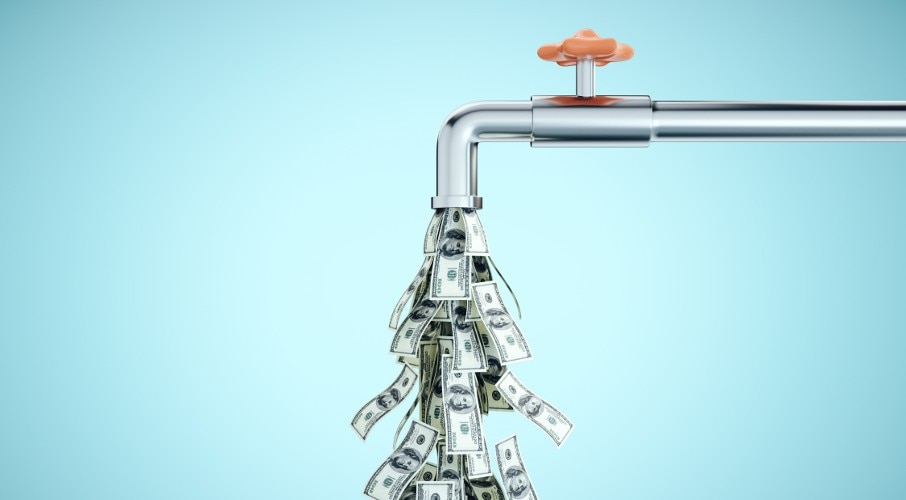8 common causes of cash flow problems
1. Lacking cash reserves
In a 2020 Federal Reserve Banks survey, 86% of small business owners said they’d need to take action if faced with a two-month revenue loss. Among them, 17% said they’d have to close their businesses.
Should revenue drop, most businesses should have enough cash to cover up to six months of expenses to avoid a cash flow crunch. However, performing a cash flow forecast is the best way to understand the amount of cash you should reserve.
2. Expensive borrowing
Debt payments can cause cash flow problems when a business can’t afford its finance. Business loans and credit cards with high interest rates may take much of a business’s revenues.
In some cases, payment solutions like supplier finance can help businesses improve cash flow and avoid additional debt. Refinancing loans to secure lower payments or debt consolidation may also help make borrowing more manageable.
3. Decreasing sales or profit margins
Selling products and services at prices that are too low can result in low profit margins. Similar problems can arise when sales teams offer discounts that cut into profit margins.
Often, this problem impacts small businesses that don’t have a well-developed pricing strategy. Reviewing expenses and pricing can help small business owners determine if they should adjust prices or discontinue products or services with weak margins.
4. Outstanding receivables
Late payments on invoices are a common cause of cash flow problems for small businesses. Between 2018 and 2019, small businesses averaged an 81% increase in outstanding receivables, according to the 2020 QuickBooks Cash Flow Survey. In 2019, small business owners surveyed averaged US$78,355 in outstanding receivables.
When your cash is tied up in outstanding receivables, it can leave your business in a poor cash position. Reviewing payment terms and collection policies may prevent invoices from contributing to cash flow problems.


















